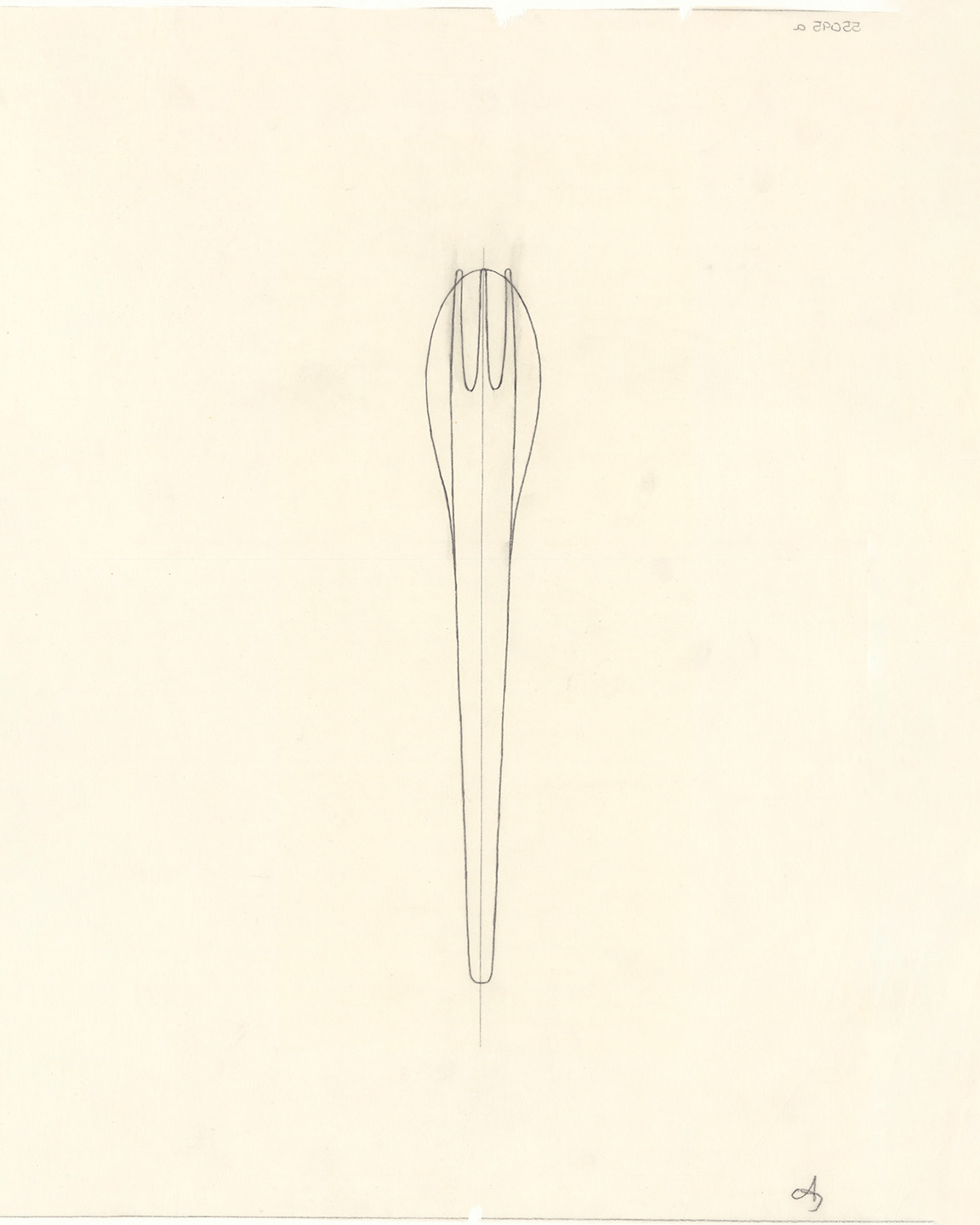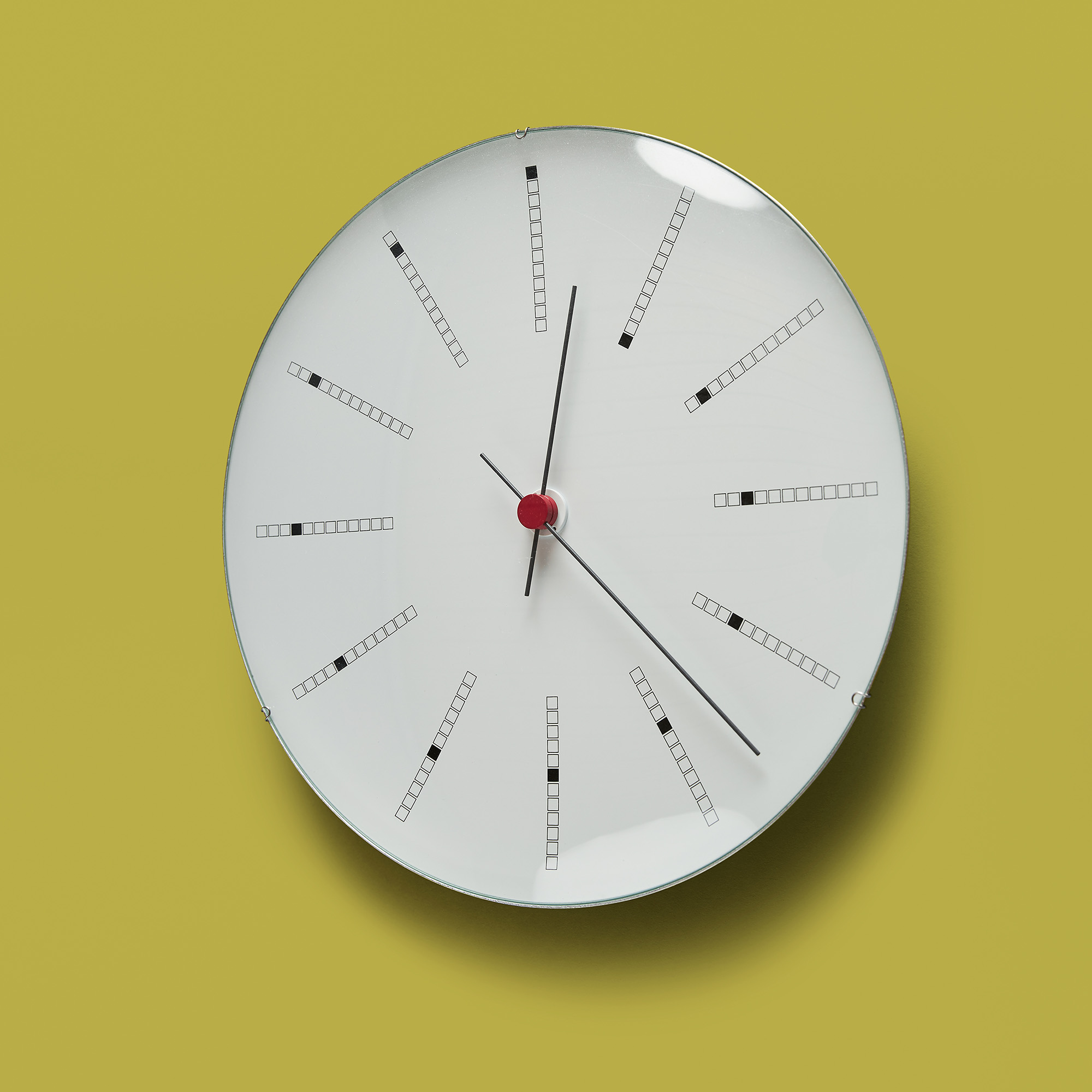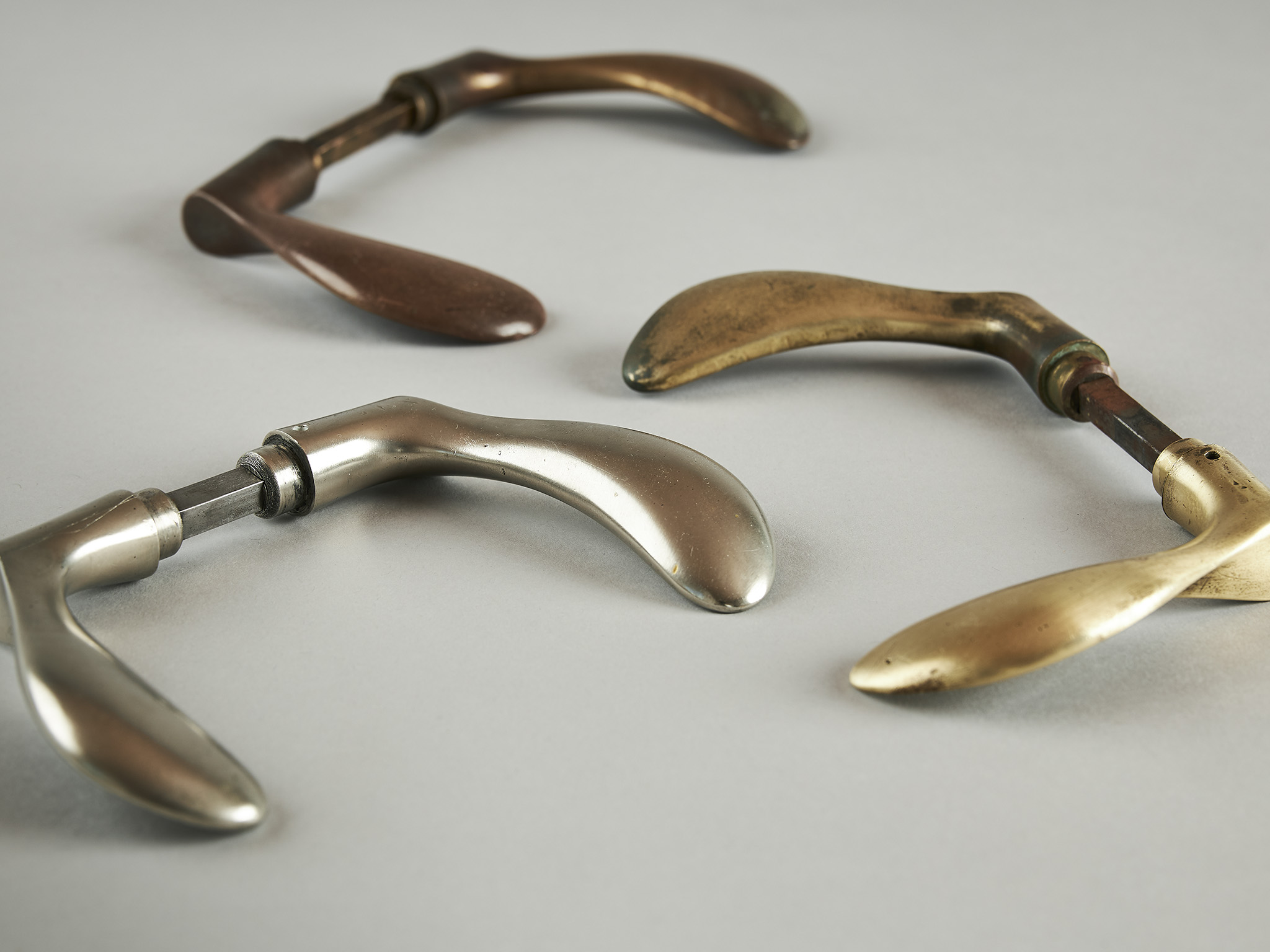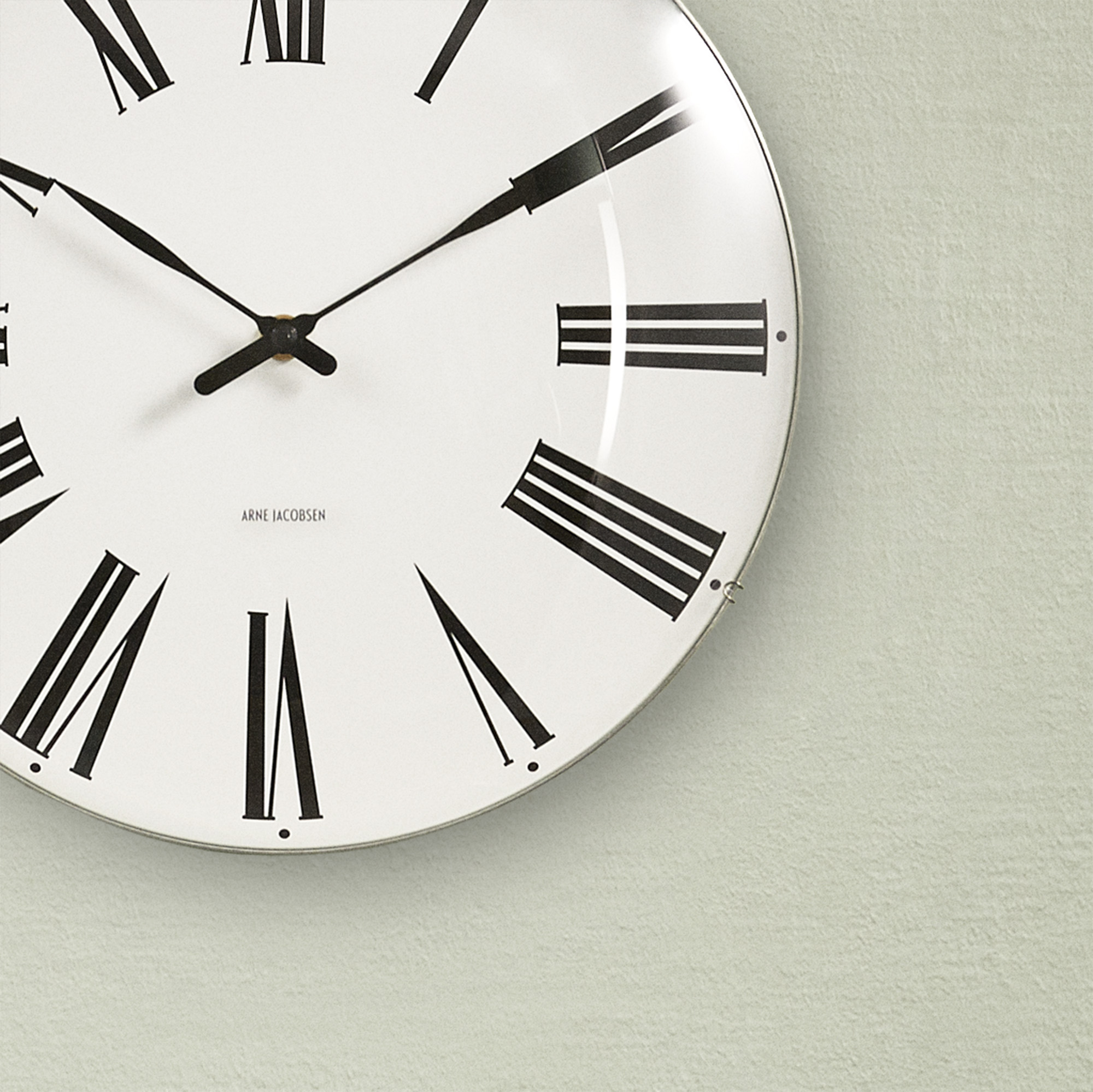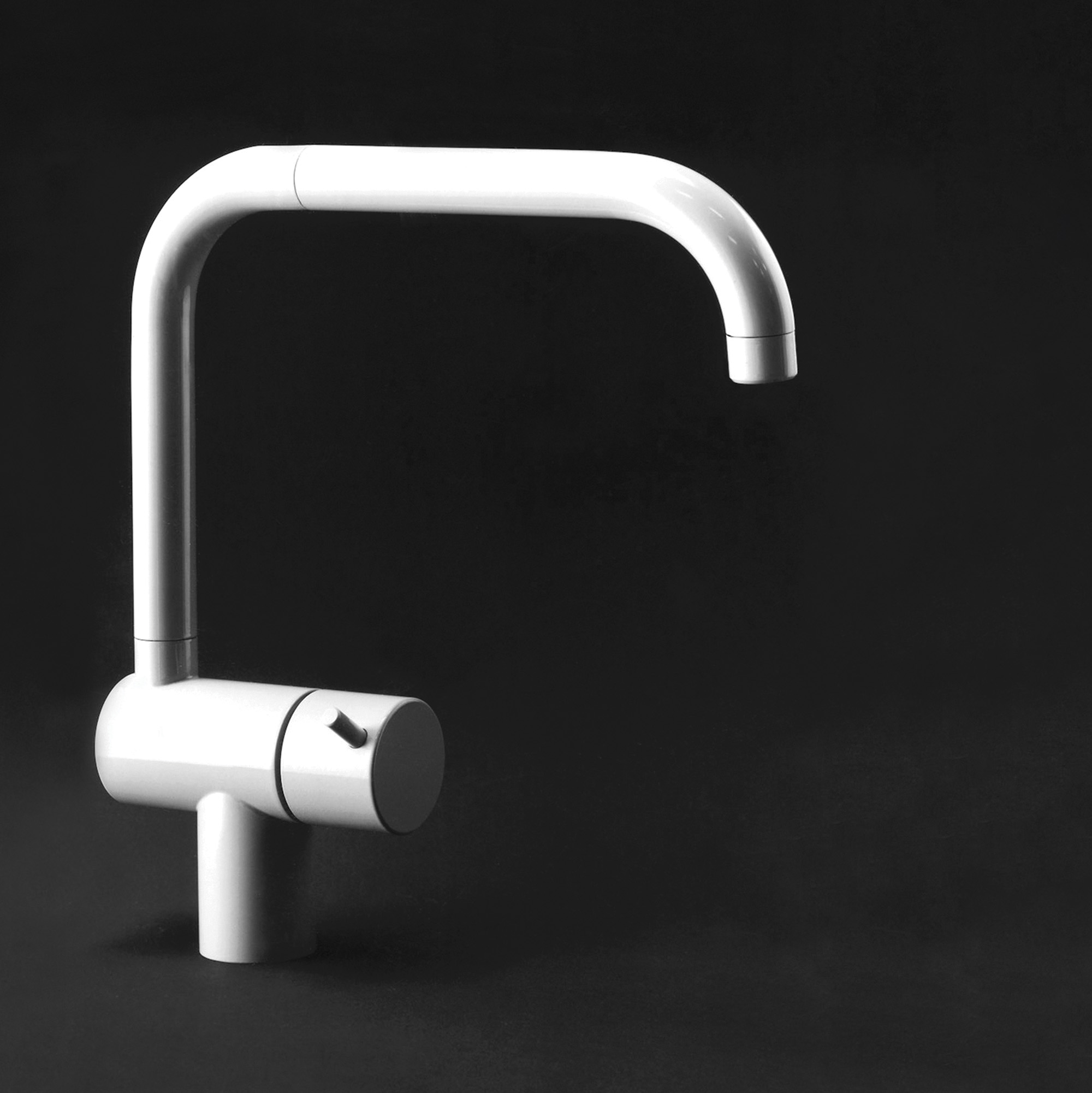Arne Jacobsen’s stainless steel cutlery was novel and unconventional in both form and material when it was launched in 1957. The organic lines of AJ Cutlery are the result of Arne Jacobsen’s artistic and experimental approach to design and his desire to strip away all superfluous elements. That the cutlery still appears so radically modern today is testament to Arne Jacobsen’s capacity for visionary thinking and his ability to create forward-looking and aesthetic designs.
In 1957, the cutlery made its public debut at the Milan Triennial. At this premiere, the cutlery received extensive coverage, and ever since, it has remained an internationally recognized design icon.
